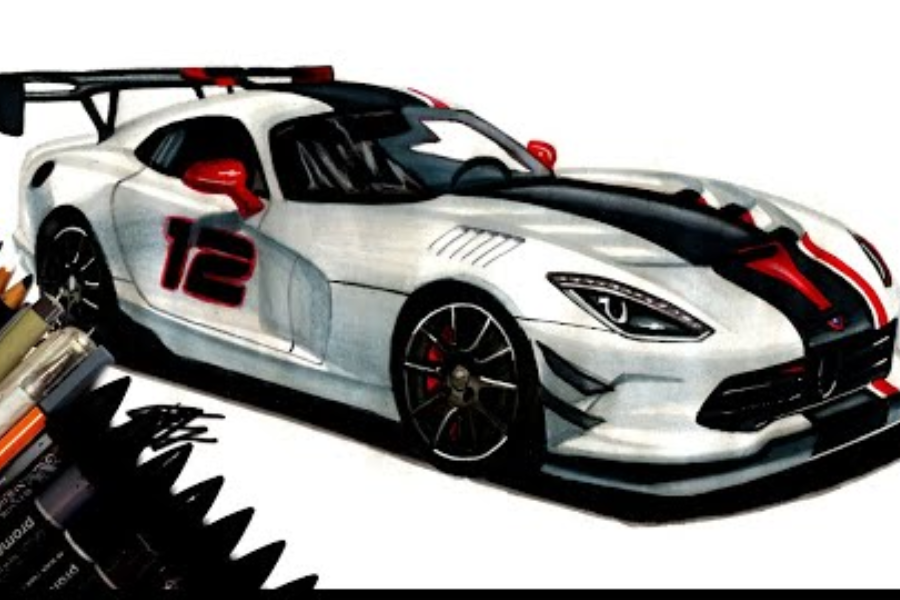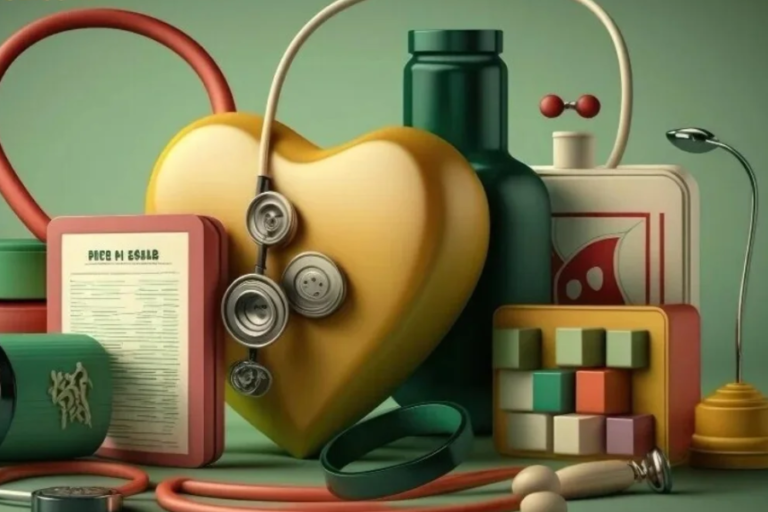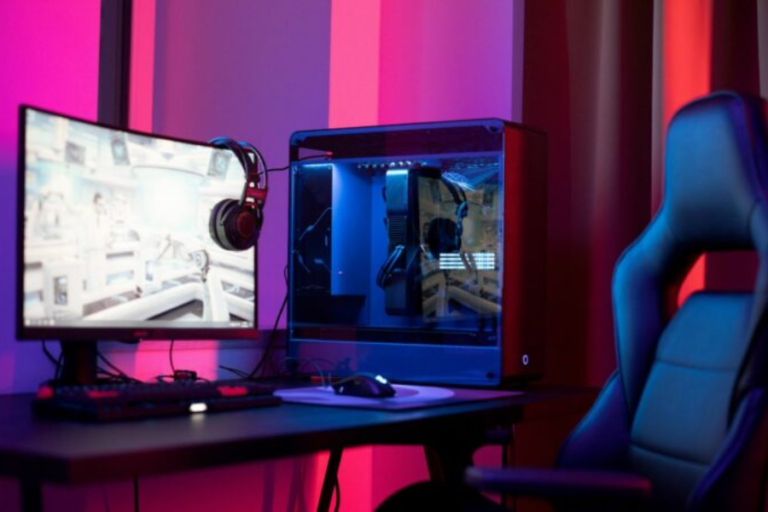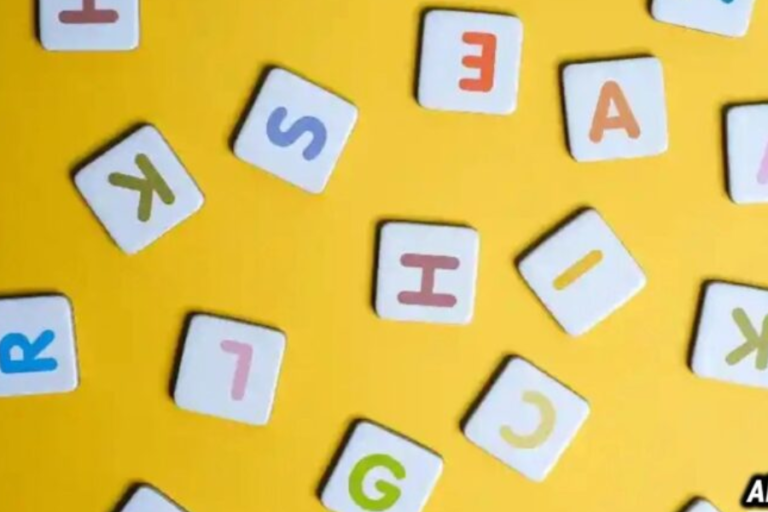The Art of Drawing Cars: A Comprehensive Guide
Introduction:
Drawing vehicles is a charming fine art that consolidates specialized accuracy with inventive articulation. Vehicles, with their smooth bends and mind boggling plans, present a difficult yet remunerating subject for specialists. Dominating vehicle drawing improves observational abilities, scrupulousness, and the capacity to practically catch complex structures.
Understanding Car Drawing:
Figuring out how to draw vehicles is an excursion of disclosure where specialists concentrate on structure, lighting, and surfaces to extend their capacities. It’s a mix of specialized expertise and imaginative articulation, changing a specialized specialty into an inventive outlet.
Why Drawing Cars Captivates Us:
Cars embody a fusion of art and engineering with their sophisticated contours and cultural significance. Drawing them engages viewers with subjects that evoke speed, luxury, and technological innovation.
Importance of Learning Car Drawing:
Acquiring drawing fundamentals through cars develops skills like shading, proportion, and 3D form. It cultivates an eye for detail and aesthetics, essential for any aspiring artist or designer.
Avoiding Common Drawing Errors:
Tips include studying references from multiple angles, starting with light construction lines, and practicing gesture drawings to capture essence and perspective accurately.
Enhancing Skills and Seeking Feedback:
Improvement comes from seeking critiques, comparing progress, and participating in art communities to refine techniques and receive constructive feedback.
Fundamental Instruments and2 Materials:
From pencils to erasers and sketchbooks, it is essential to have the right apparatuses. Reference materials and advanced instruments further improve the drawing system.
Settling Your Drawing:
Refining subtleties, zeroing in on accuracy, adding surface and shadows, lastly marking and sharing your work of art are critical stages in finishing a vehicle drawing.
End:
Drawing vehicles is more than imitating their shapes; it’s an excursion of persistence, perception, and innovativeness. Dominating this fine art levels up specialized abilities as well as cultivates individual articulation and a profound appreciation for car plan. Through committed practice and an eagerness to pick up, hopeful specialists can rejuvenate their number one vehicles on paper, imparting their energy and ability to the world.
FAQs :
1. What are some tips for beginners learning to draw cars?
For beginners, start by studying basic shapes and proportions of cars. Use light construction lines before adding details, and practice drawing from multiple angles to understand perspective accurately. Additionally, seek feedback from peers or mentors to improve your techniques.
2. Why is shading important in car drawing?
Shading adds depth and realism to car drawings by creating the illusion of light and shadow on different surfaces. It helps in defining the form and contours of the car, making it look more three-dimensional and lifelike.
3. What tools and materials are essential for drawing cars?
Essential tools include a range of pencils (from soft to hard for varying tones), erasers (such as kneaded erasers for lifting graphite), sketchbooks with toothed paper for better texture grip, and reference materials for accuracy. Digital tools like tablets and software can also aid in refining and enhancing your drawings.
4. How can I improve my skills in drawing cars?
Improvement comes through dedicated practice, seeking constructive feedback, and continuously refining your techniques. Joining art communities, participating in workshops, and studying works of master artists can provide inspiration and insights for enhancing your car drawing abilities.
5. What are common mistakes to avoid when drawing cars?
Avoiding common errors such as focusing on details too soon, neglecting light and shadow interplay, and not maintaining correct proportions are crucial. It’s also important to regularly compare your drawings with references to identify inaccuracies and refine your skills accordingly.
6. How can drawing cars enhance my overall artistic abilities?
Drawing cars challenges artists with complex shapes, technical details, and varied textures, thereby improving observation skills, attention to detail, and precision in rendering. These skills are transferable to other subjects and forms of art, making you a more versatile and accomplished artist.
7. What is the importance of finalizing a car drawing?
Finalizing involves refining details, ensuring precision in line work and shading, adding textures and shadows, and signing your artwork. It completes the drawing process, enhancing its professional appearance and preparing it for sharing or exhibition.
8. How can I share my car drawings with others?
You can share your car drawings online through social media platforms, art communities, or personal websites. Participating in art shows, exhibitions, or contests also provides opportunities to showcase your work and receive feedback from a broader audience.
9. How does drawing cars contribute to personal creativity?
Drawing cars allows artists to express their creativity through a blend of technical accuracy and personal style. It fosters a deep appreciation for automotive design while encouraging experimentation with different techniques and mediums, thus nurturing artistic growth and innovation.






